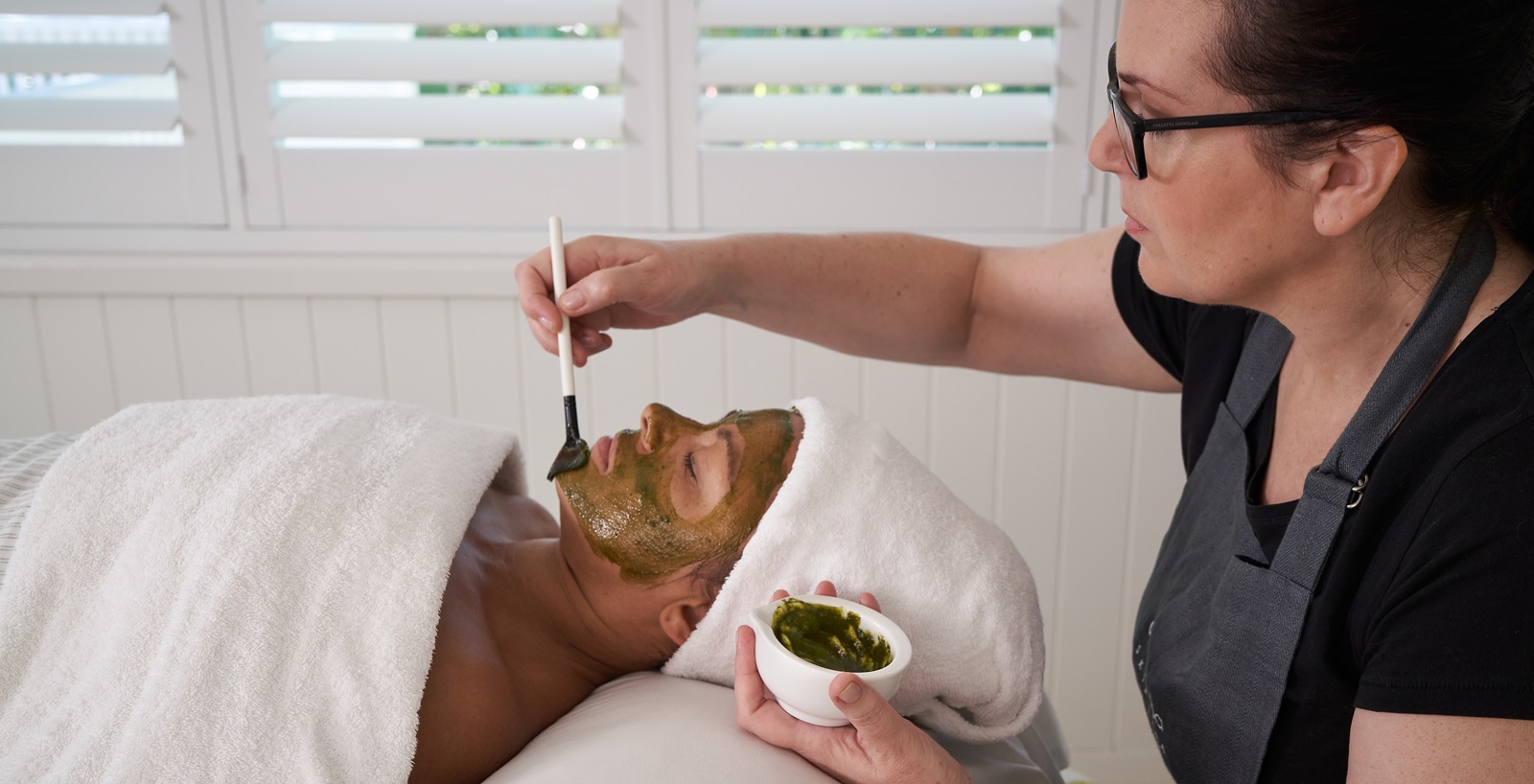The primary goal of remedial massage is to treat muscles, tendons, ligaments, and connective tissues to improve function, aid in healing, and promote relaxation.
Remedial massage therapists are trained to use a range of techniques such as deep tissue massage, trigger point therapy, myofascial release, and stretching. These techniques are applied based on the individual's condition and needs.
Before the massage, the therapist typically conducts an assessment to identify areas of tightness, pain, or dysfunction. This may involve discussing symptoms, range of motion tests, and palpation (touching and feeling the muscles).
Remedial massage treatments are tailored to the individual, focusing on specific areas of concern identified during the assessment. The therapist may also provide advice on posture, stretching, and exercises to aid recovery and prevent recurrence.
Benefits of remedial massage include pain relief, improved flexibility and range of motion, reduced muscle tension, enhanced circulation, and overall relaxation.
It's important to seek a qualified remedial massage therapist who is trained and accredited. They will have the knowledge and skills to provide safe and effective treatment.
Remedial massage can complement other treatments such as physiotherapy, chiropractic care, and exercise therapy as part of a comprehensive approach to health and well-being.



